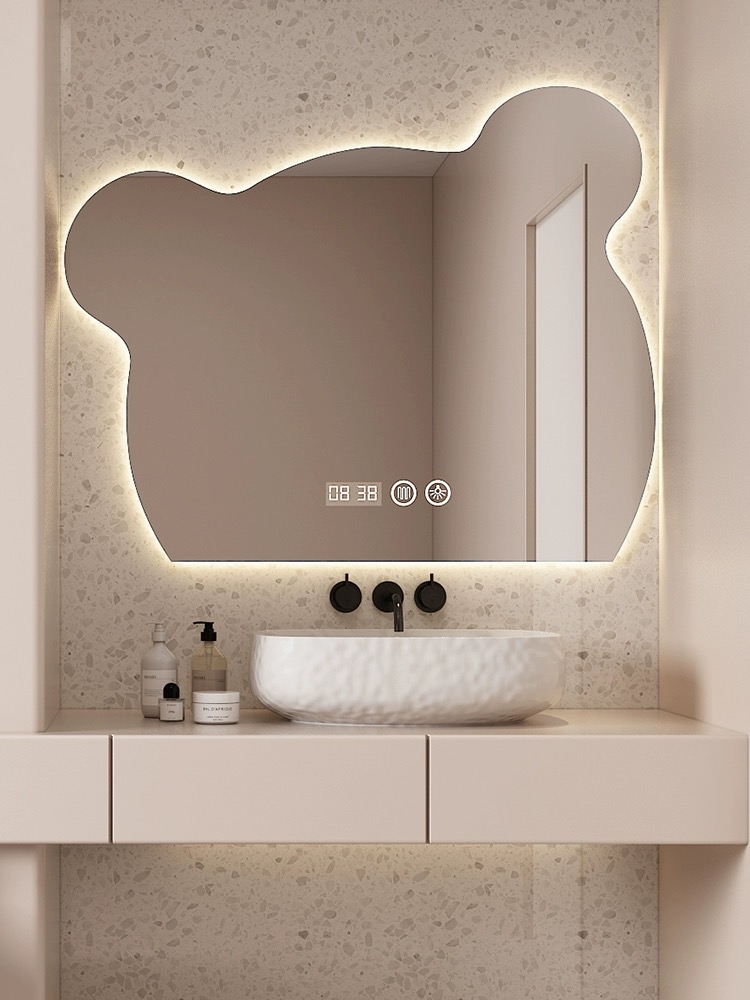

Understanding Low E3 Glass Benefits and Applications
Low E3 glass, or Low Emissivity Glass, is a type of energy-efficient glass that has gained considerable popularity in modern architectural designs and building projects. This specialized glass features a microscopic coating that significantly reduces the amount of radiant heat that can pass through it. Understanding its properties, benefits, and applications is essential for anyone interested in energy efficiency and sustainable building practices.
One of the primary advantages of Low E3 glass is its ability to reflect infrared light while allowing visible light to pass through. This unique characteristic ensures that while the glass lets in natural sunlight, it effectively prevents the escape of heat during colder months. This feature is particularly beneficial for residential and commercial buildings located in regions with fluctuating temperatures. By maintaining a stable indoor temperature, Low E3 glass can lead to a significant reduction in heating and cooling costs. Homeowners and businesses can enjoy lower utility bills while contributing to a more sustainable environment.
Understanding Low E3 Glass Benefits and Applications
Moreover, the energy efficiency provided by Low E3 glass does not compromise visual clarity. It provides clear, unobstructed views, making it an ideal choice for large windows or glass facades. It meets the design needs of architects who desire natural light without sacrificing energy efficiency. Many architects and builders now consider Low E3 glass an essential material in their projects, as it can seamlessly blend into various designs while delivering performance benefits.

The application of Low E3 glass extends beyond residential and commercial buildings. It is increasingly used in the automotive industry, where energy efficiency and climate control are equally important. Windows made of Low E3 glass can help regulate the interior temperature of vehicles, enhancing comfort for passengers while improving fuel efficiency.
Another notable application is in the realm of solar energy. Low E3 glass is frequently used in solar panel manufacturing because it reflects infrared light, enabling more effective energy absorption within the panel. This symbiotic relationship between Low E3 glass and solar technology points to a future where sustainable practices and innovative materials work hand in hand.
As building codes and regulations evolve to prioritize energy efficiency, the demand for Low E3 glass is expected to increase. Its role in reducing energy consumption and enhancing indoor comfort makes it a vital component of the green building movement.
In conclusion, Low E3 glass represents a significant advancement in building materials, combining energy efficiency, UV protection, and aesthetic appeal. Its versatility across various applications further solidifies its status as a game-changer in the quest for sustainable building practices. Whether in residential or commercial settings, the advantages of Low E3 glass are undeniable, contributing to a greener future while meeting the demands of modern design.